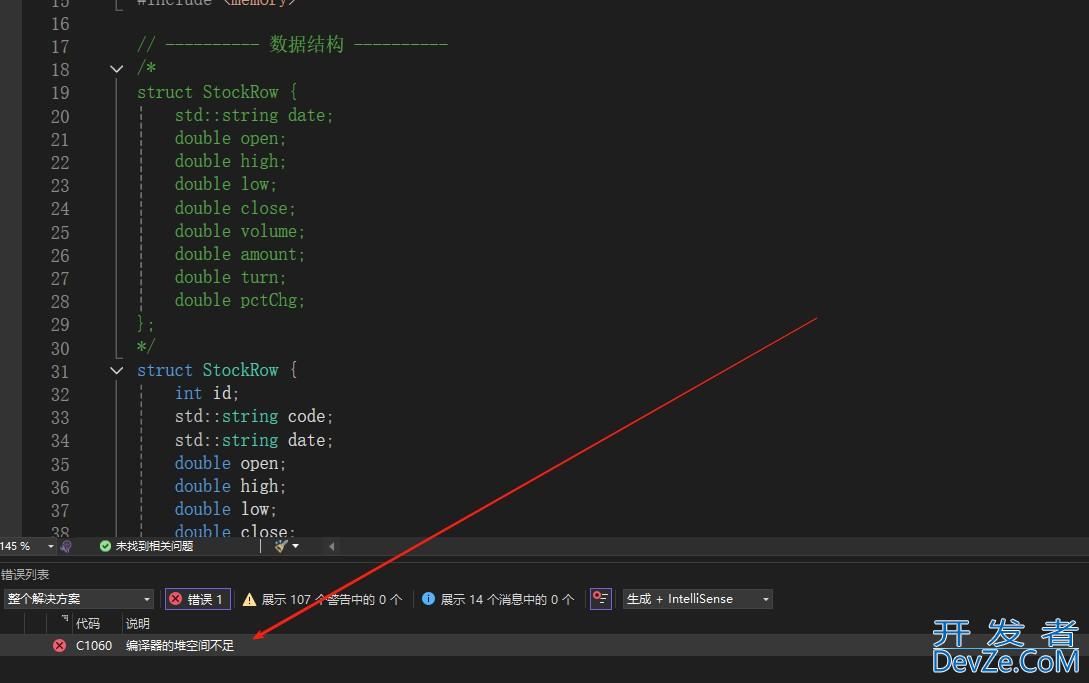PySide6 QMessageBox的具体使用
目录
- 1. 基础用法
- 快速显示静态方法
- 2. 构造函数参数详解
- 参数说明
- 3. 自定义属性和方法
- 添加详细文本
- 设置默认按钮
- 修改图标
- 自定义按钮文本
- 4. 按钮角色与响应处理
- 标准按钮类型
- 捕获用户点击
- 5. 完整示例代码
- 6. 样式自定义(QSS)
- 7. 核心枚举值
- QMessageBox.Icon
- QMessageBox.StandardButton
- 总结
QMessageBox 是 PySide6 中用于显示模态对话框的组件,常用于提示信息、警告、错误或获取用户确认FZsFfuEkdJ。以下是其核心功能、参数说明及完整示例。
1. 基础用法
快速显示静态方法
PySide6 提供了静态方法直接显示预设对话框:
from PySide6.QtWidgets import QMessageBox
# 信息提示框
QMessageBox.information(None, "标题", "这是一条信息提示。")
# 警告框
QMessageBox.warning(None, "警告", "操作可能导致数据丢失!")
# 错误框
QMessageBox.critical(None, "错误", "无法打开文件!")
# 提问框(返回用户点击的按钮类型)
result = QMessageBox.question(None, "确认", "确定要删除吗?")
if result == QMessageBox.StandardButton.Yes:
print("用户确认删除")
2. 构造函数参数详解
通过实例化 QMessageBox 可自定义更多细节:
msg_box = QMessageBox(
QMessageBox.Icon.Warning, # 图标类型
"警告标题", # 窗口标题
"这是详细警告内容", # 主文本
QMessageBox.StandardButton.Ok | # 按钮组合
QMessageBox.StandardButton.Cancel
)
参数说明
| 参数 | 类型 | 说明 |
|---|---|---|
| icon | QMessageBox.Icon | 对话框图标,可选值:NoIcon, Information, Warning, Critical, Question |
| title | str | 窗口标题 |
| text | str | 主显示文本 |
| buttons | QMessageBox.StandardButton | 按钮组合(通过 ` |
| parent | QWidget | 父窗口(若为 None 则居中屏幕显示) |
3. 自定义属性和方法
添加详细文本
msg_box.setDetailedText("错误详情:文件路径不存在。")
设置默认按钮
msg_box.setDefaultButton(QMessageBox.StandardButton.Cancel)
修改图标
msg_box.setIcon(QMessageBox.Icon.Critical)
自定义按钮文本
custom_button = msg_box.addButton("自定义按钮", QMessageBox.ButtonRole.ActionRole)
4. 按钮角色与响应处理
标准按钮类型
from PySide6.QtWidgets import QMessageBox
# 按钮组合示例
buttons = (
QMessageBox.StandardButton.Yes |
QMessageBox.StandardButton.No |
QMessageBox.StandardButton.Help
)
msg_box.setStandardButtons(buttons)
捕获用户点击
result = msg_box.exec() # 显示对话框并等待用户操作
if result == QMessageBox.StandardButton.Yes:
print("用户点击了 Yes")
elif result == QMessageBox.StandardButton.Help:
print("用户请求帮助")
5. 完整示例代码
from PySide6.QtWidgets import QApplication, QMessageBox, QPushButton, QWidget
from PySide6.QtCore import Qt
class DemoWindow(QWidget):
def __init__(self):
super().__init__()
self.setup_ui()
def setup_ui(self):
self.setWindowTitle("pythonQMessageBox 示例")
self.resize(300, 200)
button = QPushButton("显示对话框", self)
button.clicked.connect(self.show_custom_dialog)
button.move(100, 80)
def show_custom_dialog(self):
msg_box = QMessageBox(self)
msg_box.setIcon(QMessageBox.Icon.Question)
msg_box.setWindowTitle("确认操作")
msg_box.setText("确定要提交数据吗?")
msg_box.setInformativeText("提交后无法撤销!")
msg_box.setDetailedText("数据详情:\n- 用户信息\n- 订单记录")
# 添加自定义按钮
save_button = msg_box.addButton("保存草稿", QMessageBox.ButtonRole.ActionRole)
save_button.clicked.connect(self.save_draft)
# 标准按钮
msg_box.setStandardButtons(
QMessageBox.StandardButton.Yes |
QMessageBox.StandardButton.No |
QMessageBox.StandardButton.Cancel
)
# 设置默认按钮
msg_box.setDefaultButton(QMessageBox.StandardButton.No)
# 显示对话框并处理结果
result = msg_box.exec()
if result == QMessageBox.StandardButton.Yes:
print("数据已提交")
elif result == QMessageBox.StandardButton.Cancel:
print("操作已取消")
def save_draft(self):
FZsFfuEkdJ print("草稿已保存")
if __name__ == "__main__":
app = QApplication([])
window = DemoWindow()
window.show()
app.exec()
6. 样式自定义(QSS)
通过样式表修改对话框外观:
msg_box.setStyleSheet("""
QMessageBox {
background-color: #f0f0f0;
font-size: 14px;
}
QMessageBox QLabel#qt_msgbox_label {
color: #333;
}
http://www.devze.com QMessag编程客栈eBox QPushButton {
min-width: 80px;
padding: 5px;
}
""")
7. 核心枚举值
QMessageBox.Icon
| 值 | 说明 |
|---|---|
| NoIcon | 无图标 |
| Information | 信息图标(ⓘ) |
| Warning | 警告图标(⚠) |
| Critical | 错误图标(❌) |
| Question | 问题图标(?) |
QMessageBox.StandardButton
| 值 | 说明 |
|---|---|
| Ok | 确定 |
| Cancel | 取消 |
| Yes | 是 |
| No | 否 |
| Abort | 终止 |
| Retry | 重试 |
| Ignore | 忽略 |
总结
- 静态方法:快速显示预设对话框(information()、warning() 等)。
- 构造函数:支持高度自定义(图标、按钮、文本)。
- 信号处理:通过 exec() 返回值或按钮信号捕获用户操作。
- 样式定制:使用 QSS 调整对话框外观。
到此这篇关于PySide6 QMessageBox的具体使用的文章就介绍到这了,更多相关PySide6 QMessageBox内容请搜索编程客栈(www.devze.com)以前的文章或继续浏览下面的相关文章希望大家以后多多支持编程客栈(www.devze.com)!






 加载中,请稍侯......
加载中,请稍侯......
精彩评论